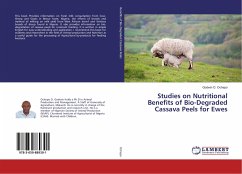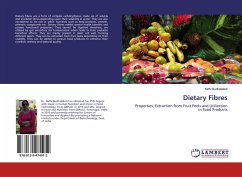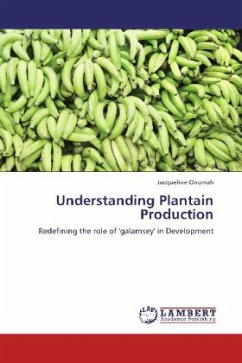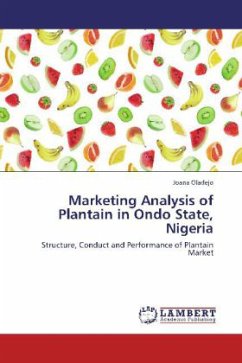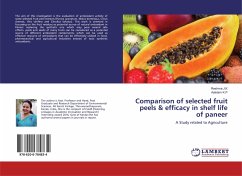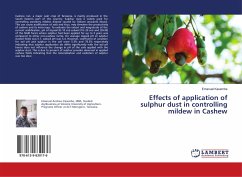Every year millions of tons of agricultural wastes and saw dust waste are generated which are either destroyed or burnt inefficiently where they constitute health risk to both human and the ecology causing air pollution. Meanwhile, these wastes can be recycled and can provide a renewable source of energy by converting biomass waste into high density - fuel briquettes with the addition of a binder. The objectives of the study were as follows; to determine the fuel characteristics of plantain peel and saw dust and to compare fuel properties of the plantain peel and saw dust biomass briquette with other known briquettes like rice husk, corn cob, groundnut shell and bagasse. Plantain peels and saw-dust were densified into briquettes at high temperature and pressure with a cassava starch as a binder. Combustion related properties namely percentage moisture content, percentage ash content, percentage volatile matter content and calorific value of the briquettes were determined. The best briquette was produced when plantain peel and saw-dust was bonded with cassava starch which had a calorific of 3987 kcal/kg.


